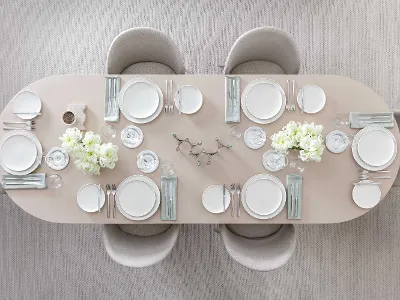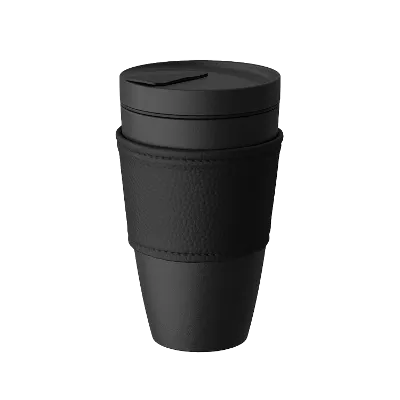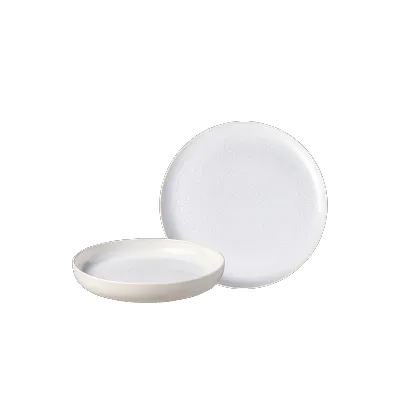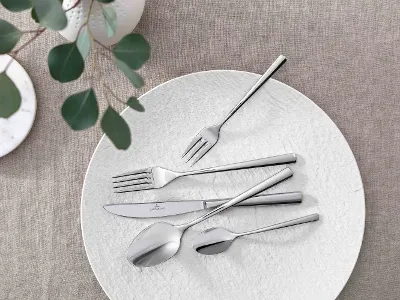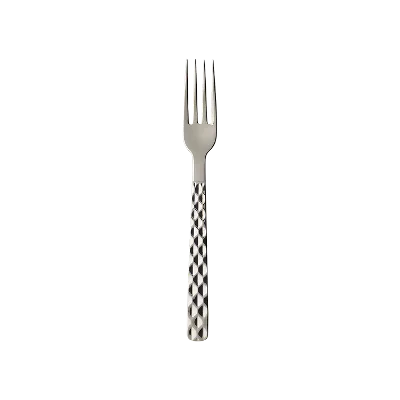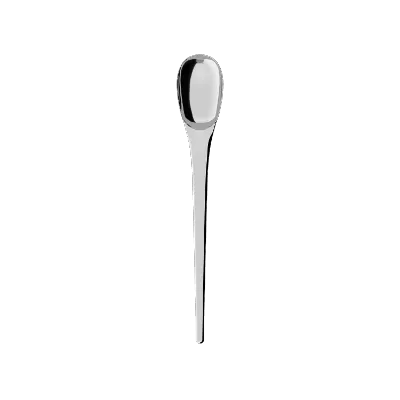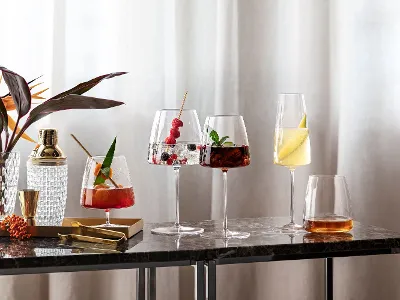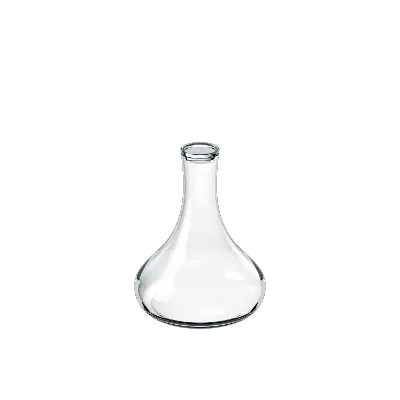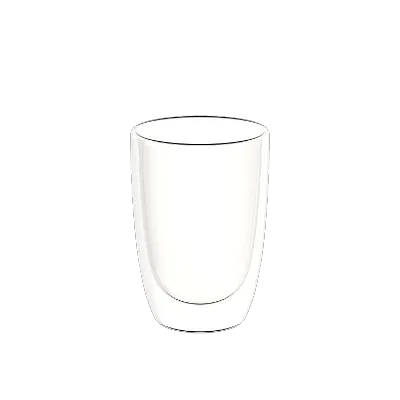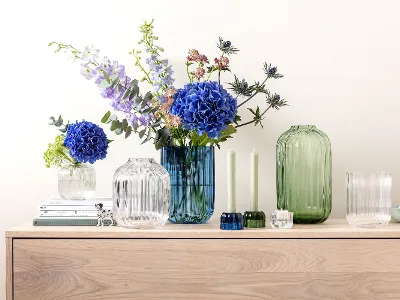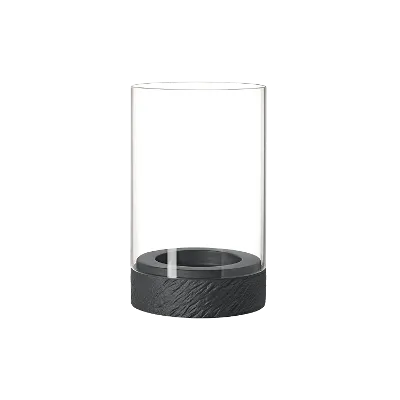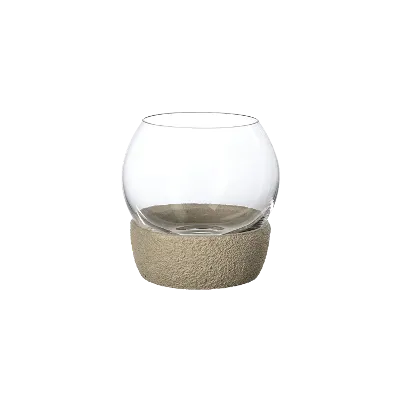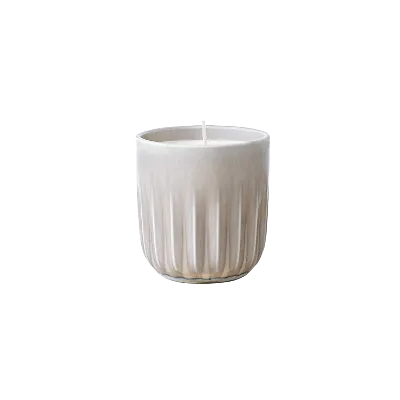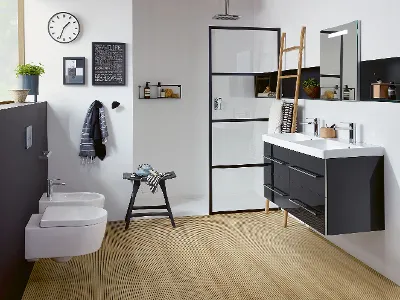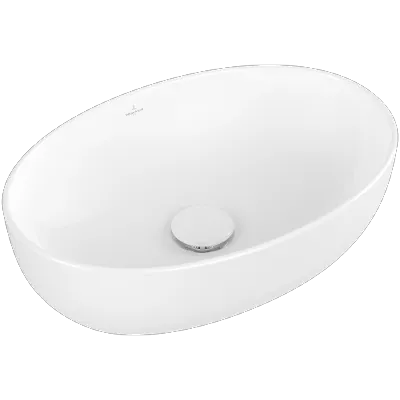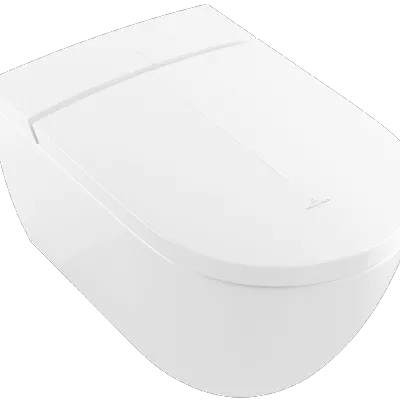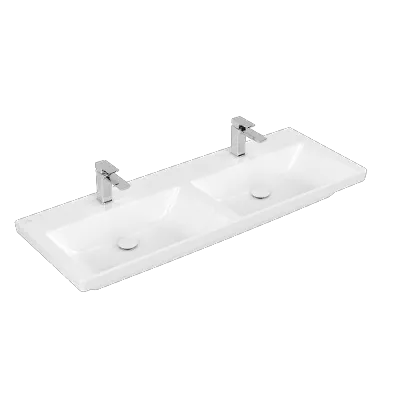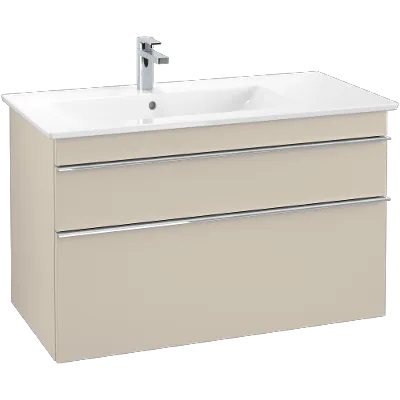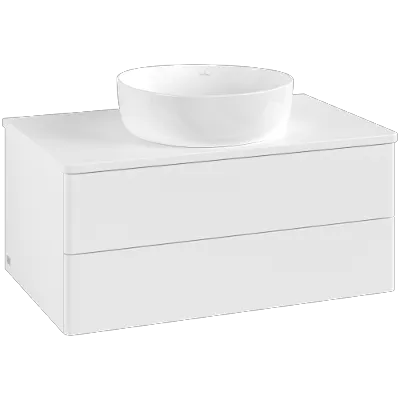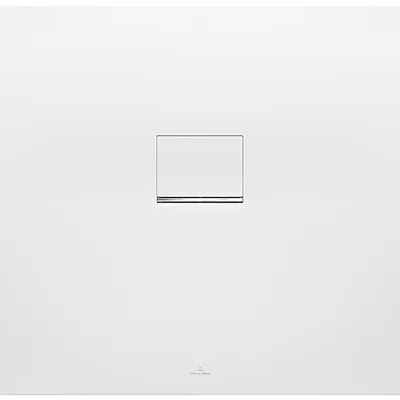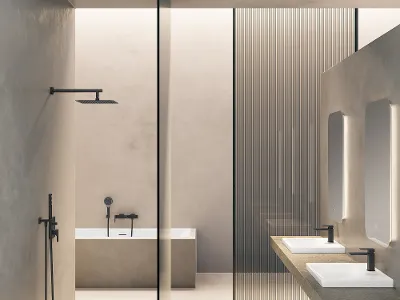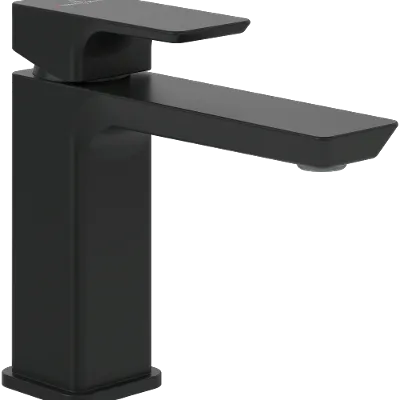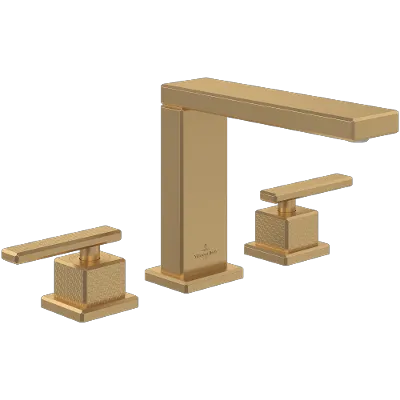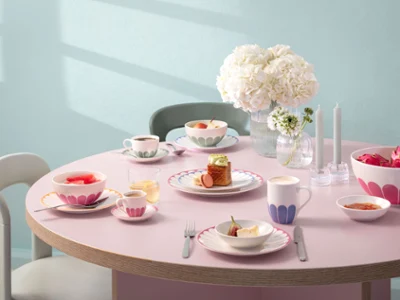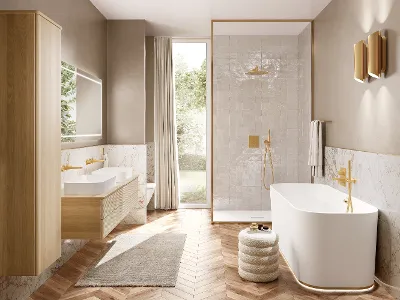Summer Sale: Up to 40%[0] discount on selected articles
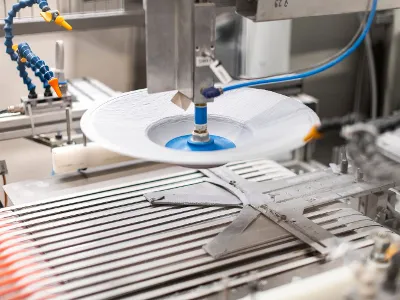
Kitchen material
Do you already have a clear vision of the design of your ideal tableware, perfect cutlery or new favourite glasses, but not sure what material to choose? Explore the world of tableware materials with our guide! Discover the differences and learn all about the advantages of each material.
Tableware
A comparison of crockery materials: every crockery material has its benefits and drawbacks and these should be weighed up carefully before purchasing. The deciding factor will ultimately be the intended use for your crockery.
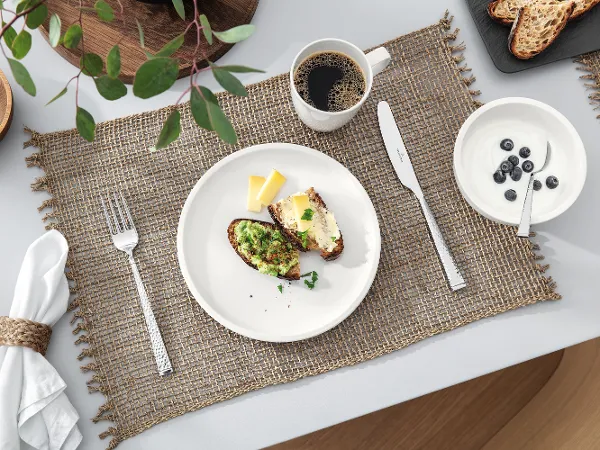
Premium Porcelain
Villeroy & Boch has succeeded in combining the finest white porcelain with the outstanding functional properties of vitro-porcelain. Special additives give this porcelain its white colour. With its densely fired body, Premium Porcelain is particularly resistant to breakages and chips, so it easily withstands gentle knocks. Because of these practical and aesthetic advantages, Villeroy & Boch uses “Premium Porcelain” for most of its tableware series. This material is popular in homes but also in hotels and restaurants.
Properties:
- white colour
- highly resistant to breakages and chips
- dishwasher-safe/microwave-safe
- coordinates with a wide range of styles
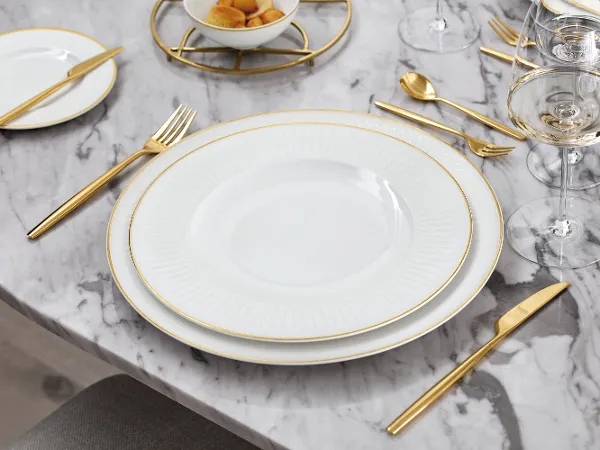
Premium Bone Porcelain
Premium Bone Porcelain (also known as bone china) is considered the finest of all porcelains. One of its unique characteristics is that it is made using calcined cattle bone ash, in addition to other raw materials. The blended ingredients give the porcelain its distinctive white colour and translucent effect, complemented by a soft sheen and vividly coloured motifs. The exceptional hardness of the material makes fine Premium Bone Porcelain very strong.
Properties:
- high degree of whiteness and soft sheen
- special reflective properties
- translucence
- high mechanical strength
- microwave-/dishwasher-safe (except for all precious metal decors)
Care instructions
Items with precious metal decors including gold, silver and platinum details can be affected by external factors such as the mechanical, chemical and thermal action of a dishwasher. Villeroy & Boch therefore recommends appropriate care for this premium, exclusive-looking crockery.
In general, we recommend hand-washing using a gentle washing-up liquid.
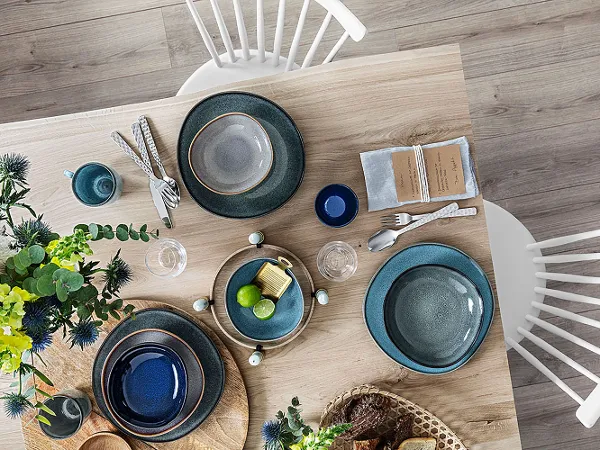
Earthenware
Like porcelain, earthenware belongs to the broad category of ceramics. However, earthenware can only be fired at low temperatures, which it rather more brittle and less robust when compared with porcelain. The distinctive feel creates a charming crafted effect and the special reactive glaze produces individual colour gradients that are slightly different each time.
Properties:
- dishwasher-safe
- microwave-safe
- ideal crockery material for a country-style look
Glass
Glass come in all shapes and colours. The wide selection can be confusing at times. The combination of craftsmanship and artistic creativity results in a diverse range of beautiful glass and crystal pieces. Alongside its drinking glass series, Villeroy & Boch offers a wide variety of glass and crystal items that come in some splendid shapes and boast outstanding quality.
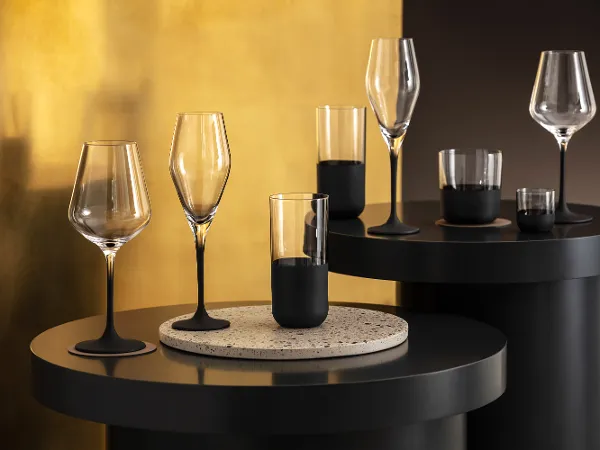
Crystal glass
Crystal glass is distinguished by its excellent sound properties and clarity. The word crystal is derived from rock crystal (transparent quartz). Its composition has a higher potash content than glass.
Properties:
- high transparency, clarity and shine
- no added lead oxide
- crystal glass with similar shine to lead crystal, but lighter in weight
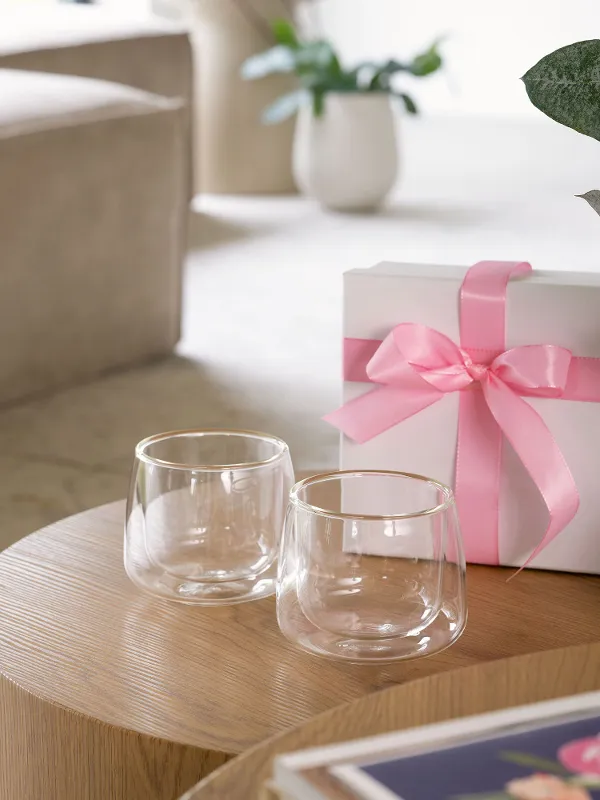
Borosilicate glass
Borosilicate glass is a high-quality material used in laboratories and increasingly in our homes. It is distinguished by its very low thermal expansion and resistance to high temperatures.
Properties:
- Heat resistance: conventional glass shatters when exposed to heat. This is not the case with borosilicate glass, as it has excellent thermal shock resistance
- Lightweight and stable: despite its light weight, borosilicate glass is extremely stable and robust. This makes the products ideal for travel (To Go/To Stay)
Care instructions
Glass and crystal are very sensitive to extreme temperature fluctuations. You should therefore avoid using very cold or hot water with glass and crystal. The shock effect can make the material crack or shatter.
Cutlery
In addition to its stylish design, Villeroy & Boch's stainless steel cutlery provides a range of benefits. Our stainless steel cutlery is made from high-quality 18/10 stainless steel. The knives are the only exception. A special blade steel is always used for knives to ensure superior cutting performance. All stainless steel alloys used are rustproof, taste-neutral and dishwasher-safe.

18/10 stainless steel
If you are looking for durable cutlery that also meets your design requirements, Villeroy & Boch’s stainless steel cutlery is the ideal choice. The cutlery is made from high-quality, rustproof chrome-nickel steel (18/10).
Features:
- rustproof
- taste-neutral
- dishwasher-safe
Gold-plated stainless steel
The gold-plated cutlery collection from Villeroy & Boch brings a touch of pure elegance to contemporary urban style. In addition to its smart appearance, our gold-plated stainless steel cutlery offers a wide range of benefits. All of which makes this cutlery the perfect companion and an eye-catching addition to your table.
Features:
- rustproof
- taste-neutral
- dishwasher-safe
